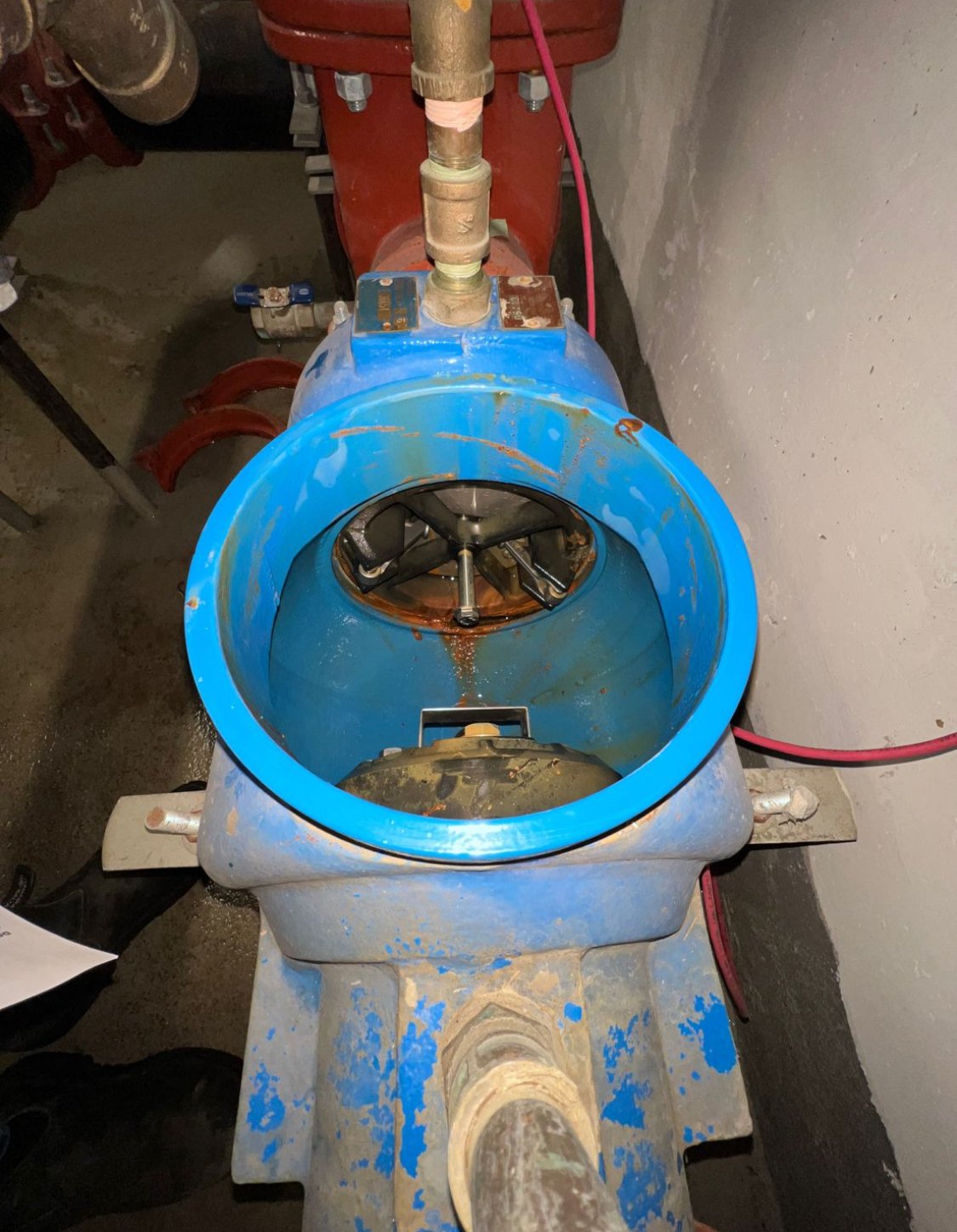Backflow Repairs
Cross connections occur when non-potable water sources inadvertently mix with our clean drinking water supply. This contamination introduces harmful chemicals, pathogens, or pollutants, posing serious health risks. Backflow prevention devices are the first line of defense, but they can deteriorate over time, leading to potential failures. Regular backflow repairs are essential for maintaining the integrity of these prevention devices. A malfunctioning backflow preventer can allow contaminants to flow backward into your water supply if left unattended, endangering the health and safety of your family, employees, tenants, or neighbors. Transparent Backflow Services specializes in promptly identifying and addressing these issues, ensuring that your backflow prevention device works optimally to protect the potable water supply.
Steps for a Backflow Repair
-
Preparation and Isolation:
Ensure that both backflow isolation valves are securely closed before starting any repairs. Relieve the internal pressure by opening test ports two, three, and four.
-
Inspection Procedures:
With the backflow now depressurized, disassemble the device by removing the access cover, check valves, spacers, O-rings, and diaphragm (if equipped on an RP backflow). Carefully inspect each part and the device body for any irregularities or debris. Clear out any debris found and replace damaged parts as necessary.
-
Reassemble and Retest:
Reassemble the backflow device by installing the cleaned or new check valves, spacers, O-rings, diaphragm (if equipped on an RP backflow), and access cover. Gradually pressurize the device and bleed air from test ports two, three, and four. Finally, conduct a thorough test to ensure the backflow system is functioning properly.

